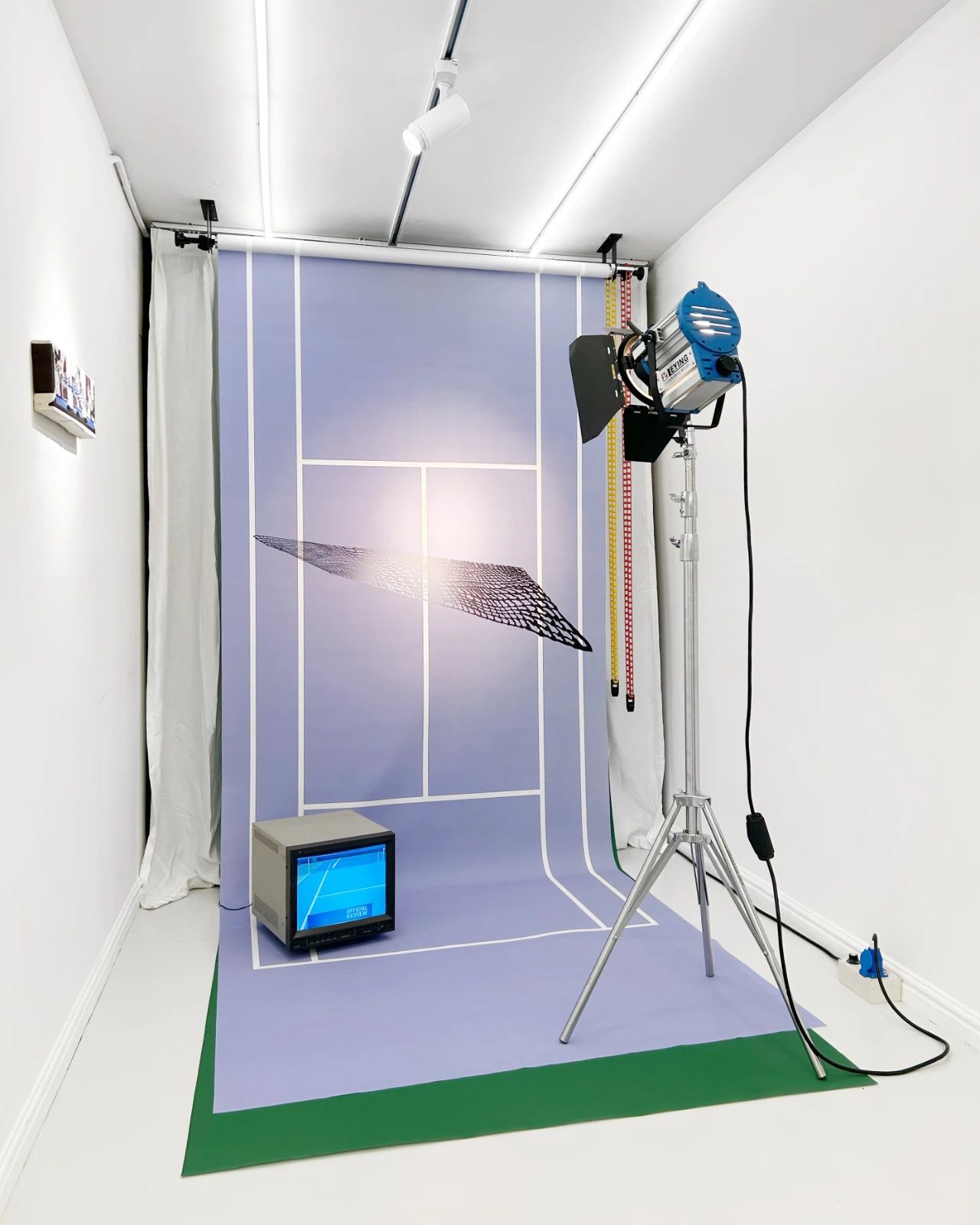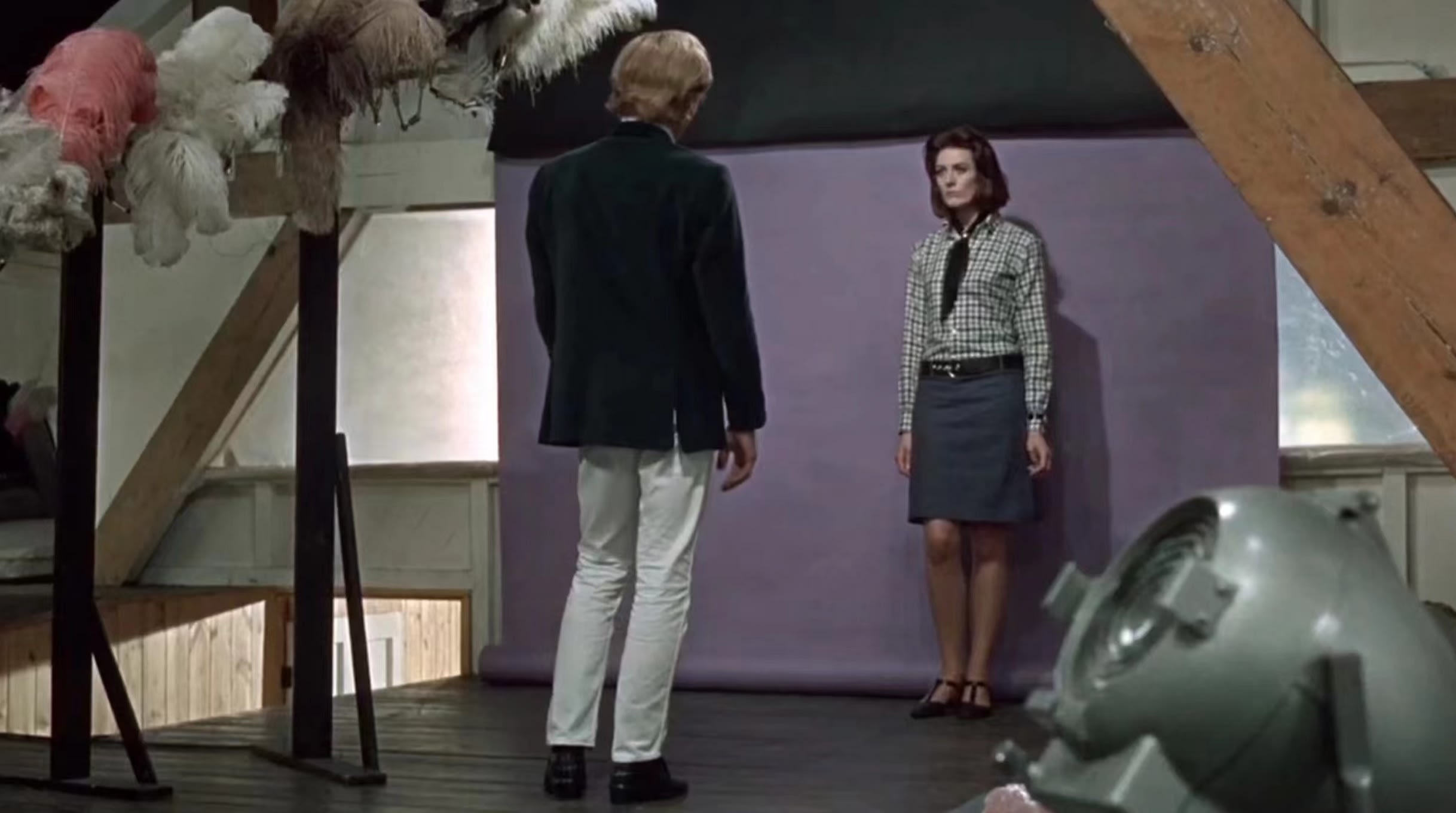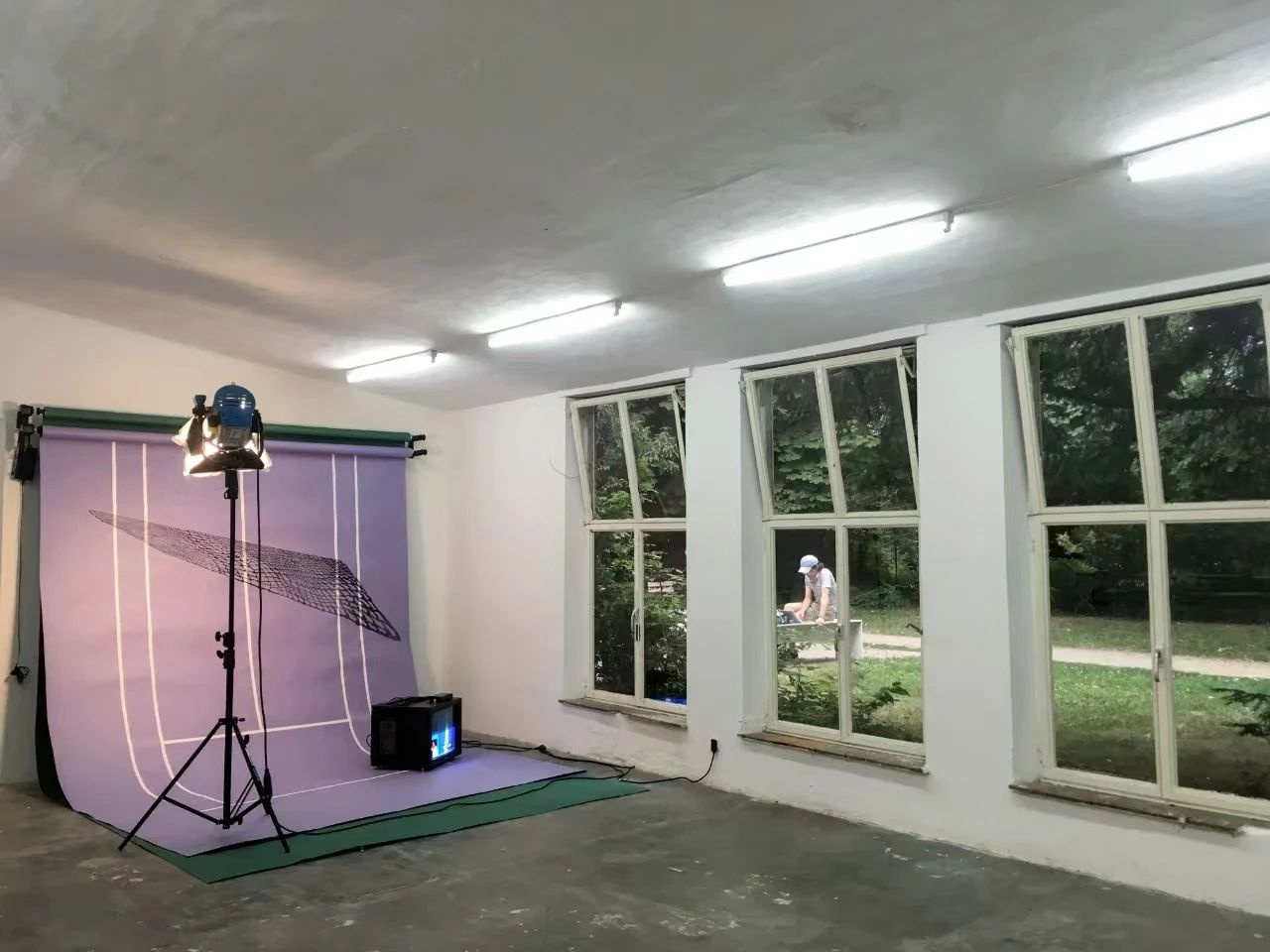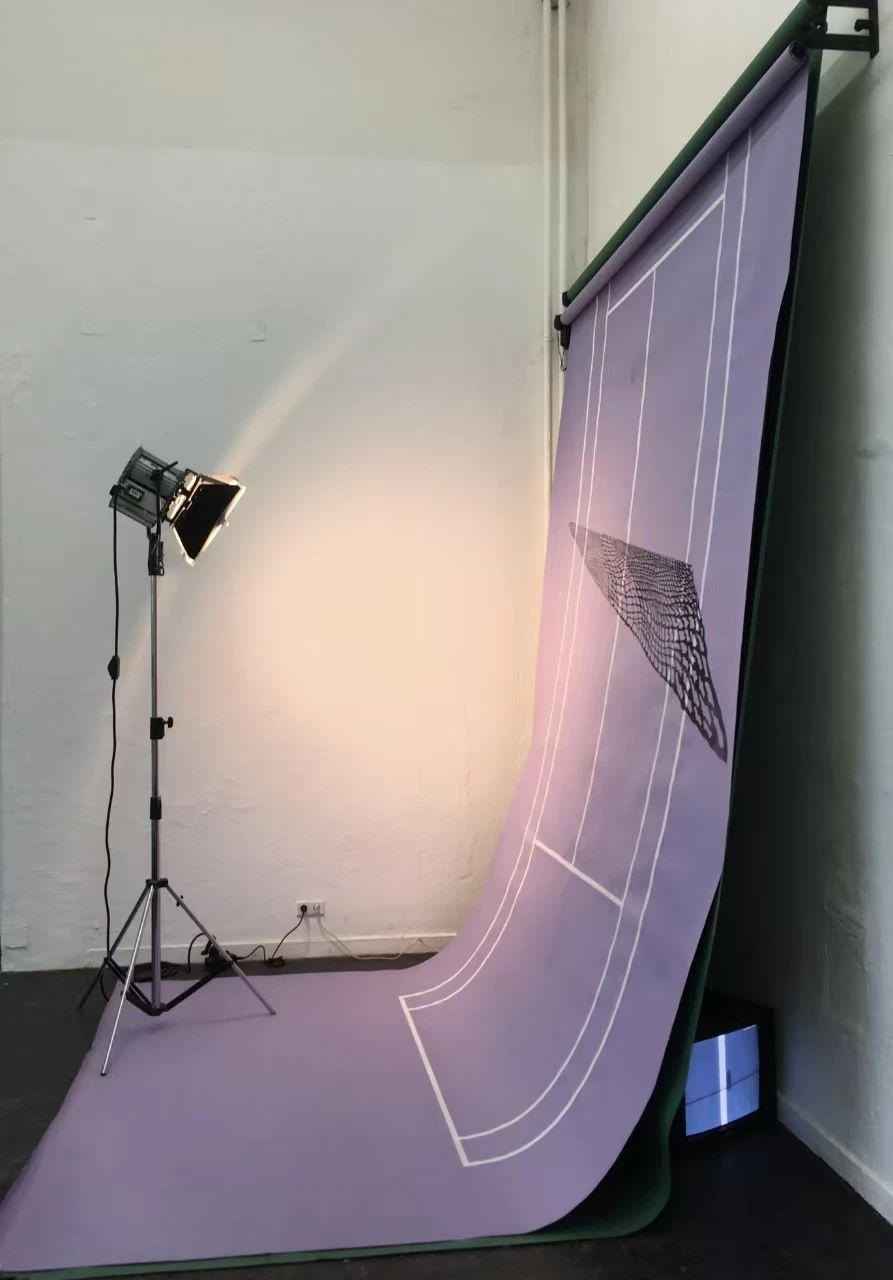

In the exhibition On Set, artist Di Yang constructs a provisional arena that exists between cinematic narrative and lived experience. Drawing on elements from popular culture, film sequences, and technological imagery, he re-edits and spatially reconfigures them to immerse the viewer in a suspenseful setting where “reality” and “fiction” become mutually unstable. His works borrow the language of cinema while simultaneously questioning the reliability and narrative logic of the image itself.
Di Yang graduated from the Kunstakademie Düsseldorf in 2020, the same year he was awarded both the Graduate Prize and the title of Meisterschüler. He currently lives and works in Düsseldorf. Working primarily with video and installation, Yang often begins with material from novels, films, and cultural symbols to examine how systems of power act upon individuals, and to imagine possible reconstructions of human identity and experience in a technology-driven future. Believing that contemporary “experience” is becoming obsolete, he seeks to redefine existence within the rapidly shifting conditions of today’s society.



Di Yang
Elegantes Spiel, 2019
Installation, Tennis Hawk-Eve plavback Video
Variable size
© Courtesy of the artist
His works have been exhibited at leading institutions such as the K21 Museum in Düsseldorf, the Kunsthalle Düsseldorf, MAXXI – National Museum of 21st Century Arts in Rome, 798CUBE Art Museum, Xihai Art Museum, Shanghai Duolun Museum of Modern Art, and Chengdu Museum of Contemporary Image, as well as in the finalist exhibition of the Huayu Youth Award. In 2024, acting as a curator, he organized the Sino-German video exhibition The Journey of the Absent Body at the Shanghai Duolun Museum of Modern Art.
For On Set, Yang presents the installation Elegantes Spiel (The Gentleman’s Game, 2019), inspired by Michelangelo Antonioni’s 1966 film Blow Up and by “Hawk-Eye” playback animations from tennis match footage. The work merges two pivotal settings from these sources—the tennis court and the photographic studio—into a single narrative space, where they both echo and resist each other, generating a viewing experience that hovers between reality and imagination.


Film still from Blow-Up (1966), dir. Michelangelo Antonioni.
For Yang, Blow Up reads more like a philosophical essay written in cinematic language, deploying the tools of narrative and film grammar to relentlessly interrogate the question, “What is real?” Accordingly, The Gentleman’s Game is conceived as a visual sentence with its own internal structure: discrete image elements act as words, linking together to point toward this central inquiry. As they move through the work, viewers occupy a position that is at once observational and participatory, experiencing a sense of reality that continually emerges and dissolves.
Within On Set, Yang uses the interplay of moving image and installation to stage the “set” as a space for thought experiments—one that is both the physical site of film production and the mental site where perceptions of reality are interrogated and reconstructed. His work reminds us that when images become our primary mode of perception in daily life,“reality”itself may already have transformed into something constructed, performed, and even scripted.


Installation view of Elegantes Spiel, Just A-Sittin And A-Rockin', Künstlerverein Malkasten, Düsseldorf, Malkasten Untitl.
August 10, 2025


